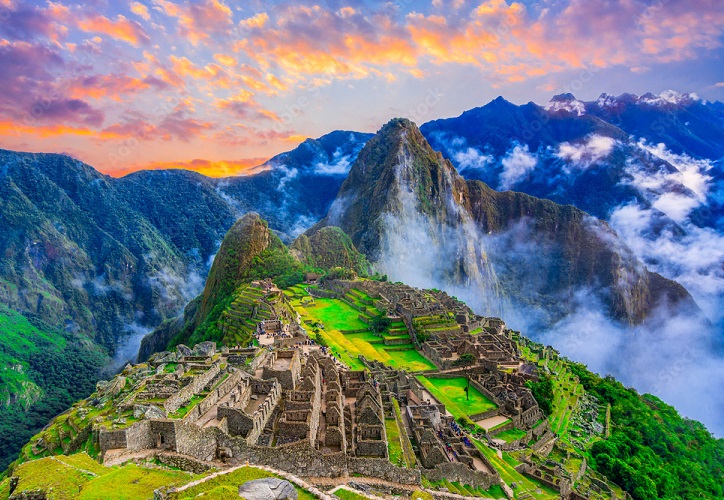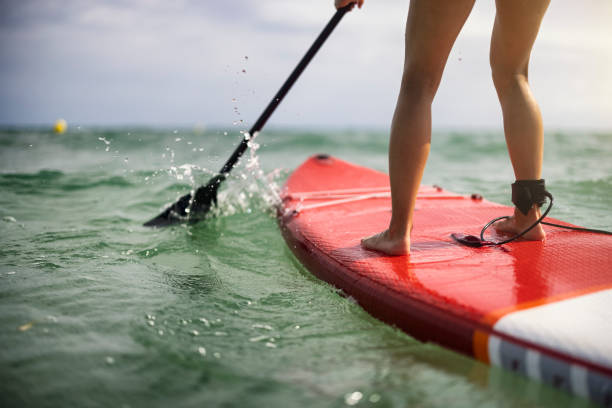Machu Picchu, the ancient Incan citadel nestled high in the Andes Mountains of Peru, is one of the most iconic archaeological sites in the world. While the allure of its history and the breathtaking scenery make it a bucket-list destination for many, the journey to get there, particularly via hiking, is no small feat.
This article aims to provide a detailed account of the challenges and considerations involved in hiking to Machu Picchu, helping prospective trekkers understand what to expect and how to prepare.
How difficult is hiking to Machu Picchu?
Hiking Machu Picchu is a challenging and physically demanding experience. The trail is steep, with significant elevation gain and loss, and the high altitude can be difficult for many people. Here are some key details about the difficulty of hiking Machu Picchu:
Distance and Elevation Gain
- Distance: The total distance of the hike is approximately 6.4 kilometers (3.9 miles), with 2.4 kilometers (1.5 miles) each way to the Machu Picchu Mountain trailhead from the entry to Machu Picchu.
- Elevation Gain: The hike involves a significant elevation gain of 550 meters (1,804 feet) from the starting point to the summit of Machu Picchu Mountain, which is at an elevation of 3,061 meters (10,043 feet).
Trail Conditions
- Steepness: The trail is steep, with very little flat track to catch a break. The steepness can be challenging, especially for those who are not accustomed to hiking at high elevations.
- Steps and Staircases: The trail features many steps and staircases, which can be uneven and exposed in some sections. While these can be intimidating, they are generally not slippery when dry, making them manageable for most hikers.
Altitude
- High Elevation: Machu Picchu is located at an elevation of 2,400 meters (7,874 feet), which can cause altitude sickness in some individuals. The hike to the summit of Machu Picchu Mountain is at an even higher elevation of 3,061 meters (10,043 feet).
- Acclimatization: If you have already acclimatized to the lower elevation of Cusco (3,000 meters or 9,842 feet), the higher elevation of Machu Picchu should not be too problematic.
Weather Conditions
- Unpredictability: Weather in the Andes can change rapidly. Hikers might experience intense sun, rain, and even snow within the same day.
- Temperature Fluctuations: Daytime temperatures can be warm, but nights are often very cold, especially at higher altitudes.
Preparation and Training
Preparing for the Inca Trail and hiking to Machu Picchu requires a comprehensive approach that includes physical training, mental preparation, and proper gear. Here is a guide to help you prepare for this incredible adventure:
1. Physical Preparation
- Cardiovascular Training
Engage in aerobic exercises such as running, cycling, swimming, cross-country running, or speed walking for at least 30 minutes, three times a week. This will help strengthen your heart and promote healthy cholesterol levels.
- Strength Training
Focus on exercises that target upper body muscles like triceps, latissimus dorsi, deltoids, and rectus abdominis, as well as leg muscles. This comprehensive approach ensures the engagement of various muscle groups.
- Leg Exercises
Perform exercises that target the legs, such as lunges, back squats, front squats, and exercise ball weighted squats. These exercises are most effective because they are multi-joint functional movements.
- Practice Hiking
Do at least two long-distance (10km / 6 miles) mountain hikes in your home country before the trek. Find terrain that is rocky and undulates, and carry a light pack while hiking.
- Backpack Training
Start with a light backpack and gradually increase the weight to 10kg. This will help you build strength and endurance for carrying your gear on the trail.
- Altitude Training
If possible, train at high altitudes to acclimate your body to the lower oxygen levels you will encounter on the Inca Trail.
2. Mental Preparation
- Mental Endurance
Train your mind to push through challenges by engaging in activities that require mental stamina, such as organized fun runs or competitive triathlons.
- Positive Attitude
Prepare yourself mentally for the challenge by maintaining a positive attitude and focusing on the experience rather than the difficulties.
3. Gear Preparation
- Hiking Boots
Use the hiking boots you will be using for the Machu Picchu trek and break them in before the trip to avoid discomfort and blisters.
- Clothing and Accessories
Pack layers of breathable clothing, a hat, and sunscreen to protect yourself from the sun and cold. Bring a lightweight backpack and wear comfortable, sturdy shoes.
4. Health Precautions
- Vaccinations
Ensure that you are up to date on vaccinations required for travel to Peru.
- Medications
Bring necessary medications, including altitude sickness tablets, pain relievers, and any personal prescriptions.
- Hydration and Nutrition
Staying hydrated is vital. Carry a water filtration system or purification tablets. Pack high-energy snacks like nuts, dried fruits, and energy bars.


